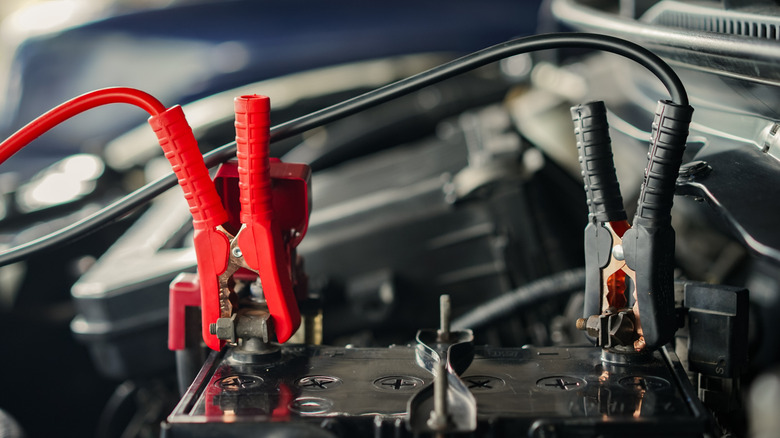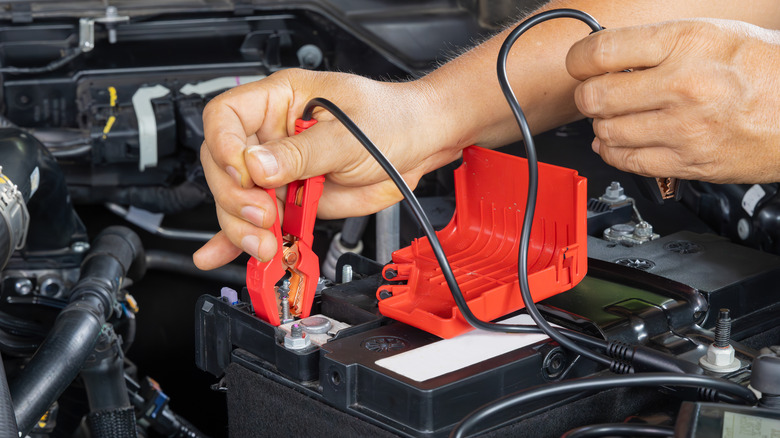Can You Charge A Car Battery Without Disconnecting It First?
Just because your battery is flat, or a little low on power, doesn't mean you need to immediately dash out and buy a brand new one. The average price of a car battery is soaring these days, thanks in particular to the extra expense of stop-start or AGM car batteries, and surely most motorists would prefer to avoid that charge if possible.
It is possible to charge a car battery without a charger at all, but generally speaking, a charger is usually the preferred method. Using a trickle charger is a great way to keep the battery in good health, but failing that, a typical battery charger will breathe some life back into it for you. Just simply remove the battery, connect the charger, and wait until your battery is back charged again. Or, it is actually possible to charge a car battery without disconnecting it first? Yes.
Charging up a car battery is fairly simple, which negates the need of having to buy a new one all too often. If you've left your car while on holiday, or tucked a sports car away during some weeks of bad weather, the chances are a recharge is all your battery needs before it's fit and raring to go again. Just adhere to the following steps to ensure charging your car battery without disconnecting it first is done safely and effectively.
Here's how to charge your car battery without disconnecting it first
The first task is to locate the battery and look out for the key signs that your car battery needs replacing. In some modern cars, the battery can be partially covered by plastic panels, making access tricky. In circumstances like this, it may actually be easier to remove the battery and charge it outside of the vehicle. However, if you can easily locate and access the battery, charging it while in-situ is actually quite easy.
Simply connect the negative connector of the charger to the corresponding negative terminal on the battery, and then do the same for the positive connector. It's always advised to keep the charger off until you're fully connected. Next, turn the charger on and simply wait until the charger indicates that the battery is fully charged.
Modern, or "smart" battery chargers will usually indicate that the charging is complete by displaying a green light, or something similar. These chargers also tend to have a built-in system which stops overcharging, whereas older chargers may not. An overcharged battery is not safe to use and must be removed and then replaced, so be sure to keep an eye on the levels of charge when hooked up to a battery charger.

